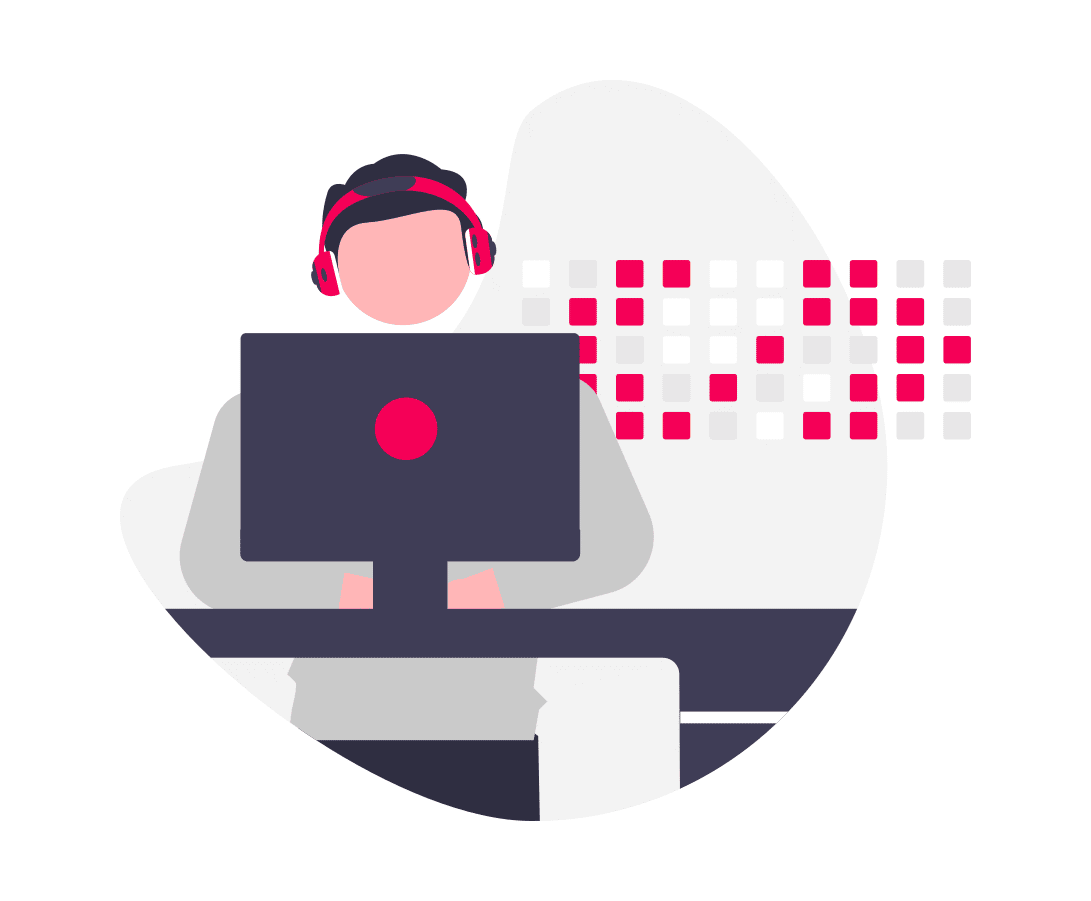To maintain a healthy workflow and high productivity levels, you must hire the ideal people to work for your firm. Employees must not only have the necessary skills, but they must also fit into your company’s culture and environment.
Conducting a thorough talent assessment is one of the most effective ways to determine if a candidate is a good fit. This procedure will help you in assessing candidates’ abilities in order to determine if they are the greatest fit for an open position.
Continue reading to learn how to develop an effective talent assessment plan that will ensure you only recruit the top prospects!

What is a talent assessment strategy?
The process of evaluating candidates’ talents and knowledge to see if they’re a good fit for an open position is known as talent evaluation.
Many firms use various types of talent assessment methods since identifying a candidate’s fit for a post can be tough and does not follow a universal strategy. As a result, the hiring team is left with the decision to plan out the kind of talent assessment strategy that they would like to have in place.
As discussed, talent assessment can be done in several different ways. It could, for example, be through:
- Skill tests
- Structured interview
- Cognitive ability tests
- Work samples
- Behavioral assessments
Why do you need a talent assessment strategy in place?
To make sure you’re hiring the best candidates
It’s difficult to come by top talent. This is something that many businesses are aware of, and they are all vying for the best personnel. Up to 25% of essential posts can go unfilled for up to five months. A streamlined application and talent assessment process can help you find the best talent and avoid losing your finest candidates.
Furthermore, thorough talent assessments demonstrate to candidates that you value their abilities and use a data-driven process, which builds trust.
To avoid costly mis-hires
Bad hires cost a lot of money. A bad hire, according to the US Department of Labor, can cost as much as 30% of an employee’s first-year salary, if not more. It encompasses the costs of hiring, onboarding, and training, as well as the cost of bad performance, and it affects the entire team. As a result, if you want to avoid terrible hires, make sure your hiring process is optimized for sourcing the finest individuals, which includes ensuring a cultural fit.
To remove bias in hiring and hire a culturally diverse workforce
Because you focus on your candidates’ skill set and knowledge rather than their origin, diplomas, hometown, age, or skin color, talent evaluations help you hire a diverse staff. Companies that hire for diversity prosper and outperform their competitors.
Companies with gender and ethnically diverse executive teams are up to 25% more likely than those without to generate above-average earnings and profitability, according to McKinsey.
It’s critical to offer talent tests to all candidates equally to ensure objectivity. Unconscious bias will be reduced and unfair recruiting practices will be minimized by using a good talent assessment process.

How do develop a good talent assessment strategy?
To create a good talent assessment strategy, you need to do a few things:
Clearly define the objectives and criteria
The definition of “top talent” will vary greatly depending on the firm. You must determine what your organization needs and outline the requirements of each team. With the management team, discuss the particular criteria that candidates must meet.
You must discover how to quantify these skills once you have defined the exact skill set that your ideal applicant must possess. To make the assessment process easier, read over your list of important talents for each role and prioritize them.
Test for these talents at the start of the hiring process if you’re employing skills tests. Then move on to the most qualified candidates.
Establish an effective hiring process
Your hiring procedure will have a direct impact on the success of your hires and, as a result, the success of your firm. This is why it’s critical to employ tried-and-true, well-structured procedures and strategies rather than relying on luck. Talent evaluations are an important part of a data-driven hiring process because they help you find talented, well-qualified individuals. However, the hiring process encompasses more than just talent evaluations.
You must first establish a clear job description, post the available position on job sites and LinkedIn, and gather resumes before performing talent assessments. After that, you can give skills tests to evaluate and check your candidates’ abilities, experience, and knowledge.
Finally, once you’ve narrowed down your top candidates, you may conduct structured interviews to help you properly analyze them and gain a better understanding of their strengths and limitations.
Keep your candidates updated on the status of their application
If you’re conducting talent assessments at your firm, it’s always a good idea to keep your applicants informed about the status of their applications and let them know if they’ll be going on to the next step of the hiring process.
According to Talentnow research, 55 percent of prospects withdraw their applications after seeing an unfavorable evaluation of a company online. Prospective employee communication is often disregarded, yet it’s an important part of your total employer brand.
Can we interrupt you for a moment?
Wondering who we are and why we wrote this?
Testlify is a plug-and-play talent assessment platform with a large test library of technical, cognitive, and soft-skill assessments that can enable your talent assessment strategy.
What are the different talent assessment methods you could use?
There are a few different ways to assess your candidates’ talents and skills objectively. Let’s look at the details of each.
Skills tests
For various reasons, online skills assessments have become the gold standard in talent assessment procedures:
- They’re simple to use, maintain, and administer.
- They provide you with an objective assessment of candidates’ abilities.
- Candidates won’t find them overly difficult or time-consuming.
Skills tests allow you to objectively assess each candidate’s strengths without devoting hours to each application. Based on the unique position and its needs, you can administer a few skills tests inside the same evaluation.
Click here : To know more about the different skill tests available at Testlify.
Work samples
A candidate’s work sample is a piece of genuine work that they will do. It’ll almost always be relevant to the job they applied for. An SEO specialist, for example, would be requested to undertake keyword research for a specific topic, while an accountant might be asked to apply a few formulas and a developer might be asked to construct a brief bit of code.
These talent evaluation systems have been proven to be the most accurate at predicting job performance. That makes sense; work samples assess the ability to perform a certain task on the job.
Make sure you’re asking them to submit work that’s as close to the position they’re looking for as possible – this will help them comprehend the role better.
Cognitive ability testing
“Intelligence tests” or “General Aptitude Exams” are other names for cognitive ability tests. They mainly consist of numerical and verbal reasoning tasks, as well as logic exercises, but they can also involve memory, problem-solving, attention to detail, and other skills. These talent evaluations assist you in determining a candidate’s general intelligence and ability to comprehend and solve fundamental difficulties.
Make sure cognitive aptitude tests are credible and well-validated before using them. You can try out providers who specialize in these types of evaluations for this.
Structured interviews
Structured interviews are those in which all candidates are asked the same questions in the same order. This allows you to focus on each candidate’s qualifications while also reducing hiring bias by avoiding unnecessary talk and unstructured queries.
Each interview should be well-prepared, with comprehensive notes taken both during and afterward. You can even rate candidates on a 1 to 10 scale for each of their skills or responses to each inquiry. Taking notes will also help to reduce recency bias (i.e., giving priority to the candidates that you remember best, usually the last ones you interviewed).
Behavioral assessments
Behavioral exams are formal frameworks for assessing applicants’ behavioral skills in a simulated workplace. Individuals who complete these examinations exhibit their behavioral abilities in tasks that are similar to those that they may encounter on the job. Because they aim to observe, interpret, evaluate, foresee, and even correct the conduct of the applicants, behavioral evaluations are an important part of the evaluation process. It’s a type of pre-employment test that employers use to assess essential behavioral traits required for success in a particular position. The test can help recruiters determine whether an applicant is a good fit for the company based on behavioral abilities.

Conclusion
A successful hiring strategy necessitates the use of talent assessment tools and procedures. Organizations can employ a variety of assessments to evaluate candidates and combine a few of them, such as a set of skills assessment tests and a structured interview with their best candidates, or a work sample and a skills assessment test.
Of course, learned skills and knowledge are strong predictors of future performance, but personality traits, innate aptitude, and cognitive abilities may also help you select the right candidate for your organization.
Testlify can help make talent assessment easy and efficient. Sign up today, to experience it.
Frequently asked questions (FAQs)
Embrace an Effective Talent Assessment Strategy with Testlify








